Introduction to Espalier: A Beautiful and Functional Gardening Technique
Espalier is a beautiful and functional way to grow fruit trees, especially in limited spaces. In our video, Tricia explains the techniques needed to prune and train espaliers. This method of training trees—now commonly known as trellis espalier—dates back to ancient Egypt and was also used by the Romans. It was later refined into high art in 17th-century Europe. The word "espalier" comes from the French/Italian term meaning "something to lean against," and today it refers to the trained tree, the support structure, and the act of shaping both the trunk and branches.
Espaliers trained on a flat surface not only conserve space but also enhance fruit production and visual appeal. Whether you prefer formal or informal espalier shapes, the first step is planning. Choose a tree or shrub that will thrive against a wall or fence, and consider the specific espalier designs you wish to create—such as fans, candelabras, or cordons. These trees are often supported by horizontal wires, with the lowest wire placed around 18–24 inches above ground to guide the first tier of side branches. Proper spacing, airflow, and alignment of the trunk and branches are essential for long-term health and productivity. For instance, a pear tree can grow up to 10 feet tall and 7 feet wide when espaliered, making it a stunning yet efficient addition to any garden.
Espalier forms are usually divided into two styles: formal and informal.
Informal Espalier
 Informal Fan
Informal Fan
Formal Espalier
Formal espaliers follow a very defined pattern, although each pattern has multiple names and variations. These shapes are sure to garner attention in any yard.
 Formal Fan
Formal Fan
 Palmette Oblique
Palmette Oblique
 Belgian Fence
Belgian Fence
 Drapeau Marchand
Drapeau Marchand
 Tiered Horizontal Cordon
Tiered Horizontal Cordon
 Candelabra
Candelabra
 Palmette Verrier
Palmette Verrier
 Triple U-Shape
Triple U-Shape
Formal Espalier
Formal espaliers follow structured, defined patterns that add elegance and intrigue to any garden. Popular designs like the Formal Fan create eye-catching leading lines, making them perfect for framing focal points such as statues or fountains. The Palmette Oblique offers a taller, narrower alternative to the formal fan. For privacy, a Belgian Fence provides a beautiful, functional solution, while the Drapeau Marchand creates a productive, attractive hedge. The Tiered Horizontal Cordon is an easy and versatile choice for a living fence, with variations that allow for one to three horizontal tiers. For a dramatic vertical look, the Candelabra and Palmette Verrier forms add height and flair to fences and narrow spaces. Finally, the Triple U-Shape offers a cross between upright and spreading designs for the more adventurous gardener. These formal espalier forms are ideal for creating impactful and functional garden features.
Informal Espalier
If you prefer a more relaxed and natural approach, Informal Espalier designs allow for creativity and flexibility. The Informal Fan is a great starting point—let your imagination grow wild! To make the process easier, choose naturally fanning branches and gradually use branch bending techniques to fill out the overall plant shape. Informal espaliers can be shaped freely to suit the space and are often less rigid, offering a unique, personalized touch to your garden.
Conclusion: Transform Your Garden with Espalier Techniques
Espalier is not only a visually stunning way to grow fruit trees but also a practical solution for maximizing space and enhancing your garden’s beauty. Whether you choose formal or informal espalier shapes, using a trellis espalier setup allows you to create unique and space-efficient espalier designs. Successful fruit production depends on proper techniques, including how espaliers are trained through careful guidance of the trunk and branches along horizontal supports. Positioning the lowest wire at the right height is key to encouraging healthy growth of the side branches, which form the essential framework of the espalier. By selecting the right tree or shrub—such as apple or pear—and following these training steps, you’ll achieve both impressive yields and an elegant landscape feature. From classic formal fans to more whimsical informal styles, espalier offers a versatile gardening approach suited to any space. With consistent care, your espaliered trees will thrive and beautify your garden for years to come. Happy gardening!


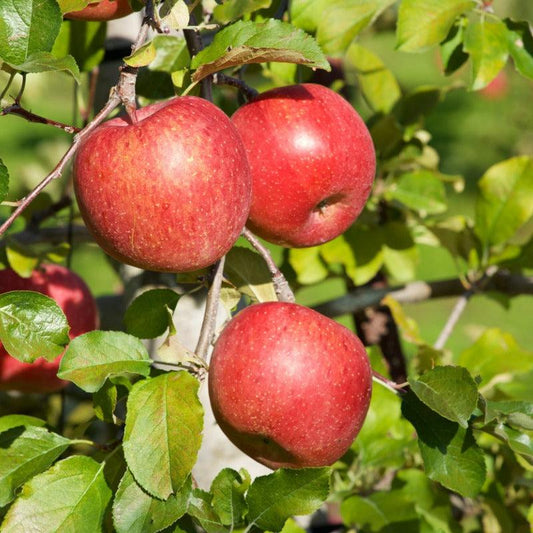
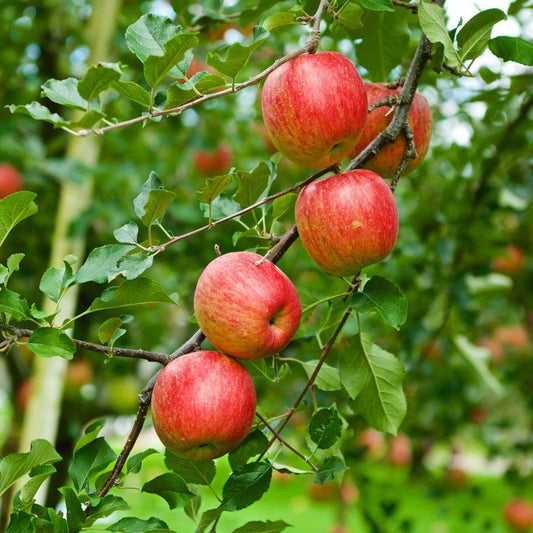
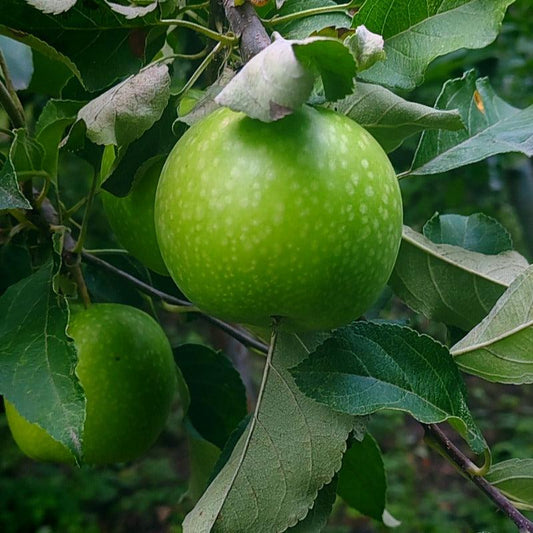

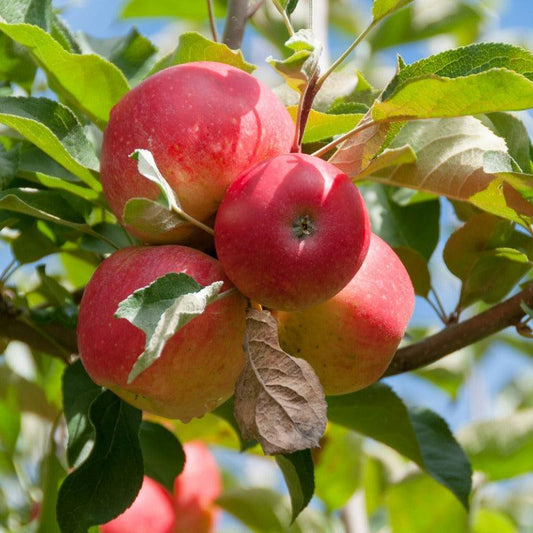

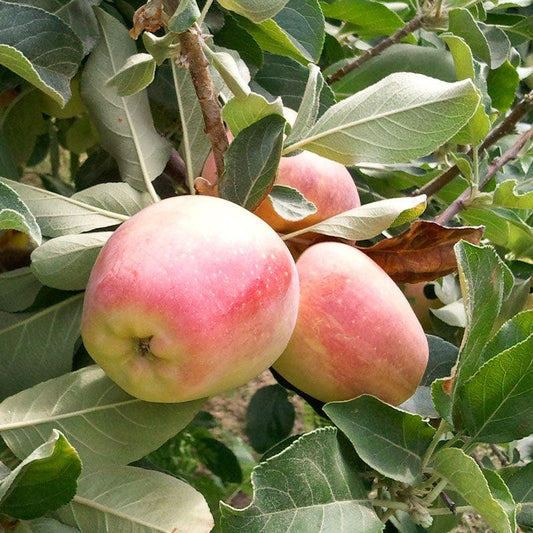
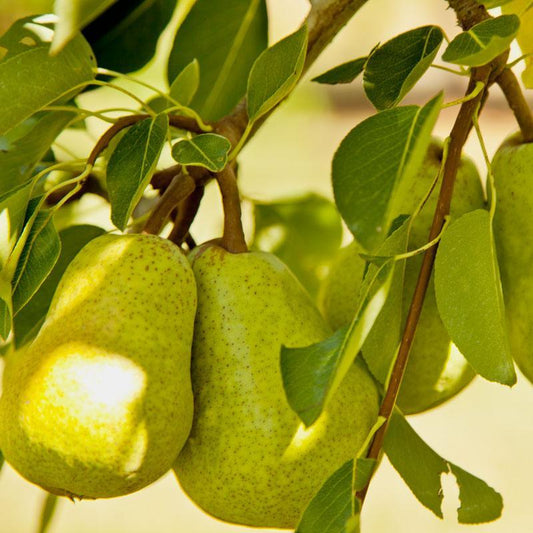
3 comments
Unfortunately, peaches don’t form spurs (I’ve heard rare varieties might, but in general they don’t). All of the fruit will grow on 1-year-old wood. Candelabra is not a good firm for a peach, because you’re trying to keep l of the fruit close to the main scaffolds – they won’t grow like that. You need to constantly be refreshing the wood by cutting back hard, so you always have a good balance of new growth (next year’s fruit) and 1-year old wood (this year’s fruit).
Try notching (google if you don’t know what that is) at intervals all along your branches to get new shoots to grow. You’re going to have to leave them on and let them get kind of long to get fruit off of them. I would suggest heading them back during the growing season to promote branching – that will help you get more 1-year wood without letting them grow too long, which would spoil the candelabra. Once you’ve got shoots all over your main framework, you’ll have to maintain by refreshing a portion of them yearly. So maybe you cut 1/2 of the 1-year shots back to a single bud every winter and leave 1/2 unpruned or pruned back to about 8 inches (for fruit this year). If you’re keeping your candelabra highly restricted and neat by pruning all of the side shots off or cutting them really short, you won’t ever have peaches. That’s why only fans are recommended for espaliering a peach.
Ingrid, well if your tree is not setting blossoms you may need to fertilize with a high phosphorus fertilizer or if you are doing a lot of pruning on the tree to shape it you just may be cutting off the fruiting wood.
Hi, your espalier video really encouraged me to start my espalier journey. I have three peach trees trained into candelabra. They’re four years old but haven’t fruited yet. Last year the blossoms were taken out by a late frost. This year I didn’t see any blossoms at all. Would you offer advice how and when to prune to get fruiting spurs? Thanks!